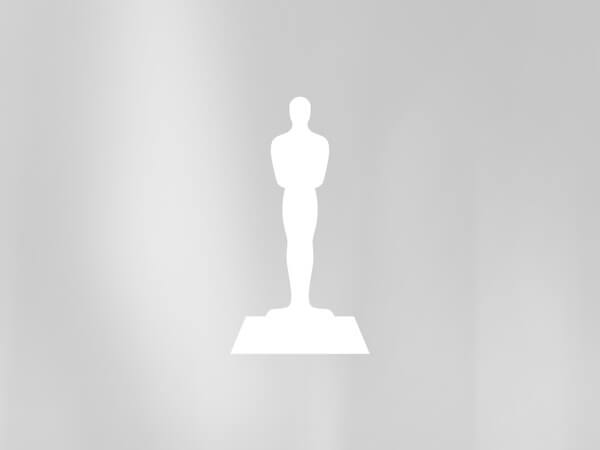
Lauren Bacall became a movie star the moment she taught Humphrey Bogart how to whistle (“You just put your lips together and blow”) in “To Have and Have Not” (1944), her first film role at age 20. Their real-life love story made headlines around the world and marriage did nothing to diminish the duo’s on-screen chemistry in subsequent pairings such as “The Big Sleep,” “Dark Passage” and “Key Largo.” Despite a selective approach to scripts and a greater commitment to her craft than to box office returns, Bacall has amassed 50 film credits and maintained iconic status as the epitome of Hollywood glamour. In 1996, 52 years after making her screen debut, she was an Oscar nominee for her supporting role in Barbra Streisand’s “The Mirror Has Two Faces.” That sultry voice, sly sophistication and skill with sparring dialogue seem undiminished six decades into her career.
Born in New York City to a salesman and a secretary, Bacall was just another pretty girl with big aspirations after a year of acting classes at the American Academy of Dramatic Arts. She was supporting herself with odd jobs and modeling when she talked her way into the cast of a short-lived Broadway play. Soon after, a friend introduced her to Harper’s Bazaar editor Nicolas de Gunzburg at a nightclub and he arranged for her to meet Diana Vreeland the following day. Bacall’s sublimely photogenic face was soon appearing in the magazine on a regular basis. Hollywood came calling and after a single screen test, the inexperienced actress signed a seven-year contract with Howard Hawks. Though her ascent to star status seemed swift and assured, at first Bacall was anything but confident on camera. Indeed, she admits the smoldering gaze that became her trademark sprang from stage fright so severe she had to press her chin to her chest to keep from trembling when she spoke a line of dialogue.
In the 1950s, Bacall branched out from slinky roles in suspense films to lighter fare such as “How to Marry a Millionaire” (1953) and “Designing Woman” (1957). Firmly established as a comedic talent, in 1965 Bacall took another leap by returning to the stage—this time in a starring role. Long runs in extremely popular productions such as “Cactus Flower” and “Applause” turned the Broadway stage into a second home for Bacall. Back on the big screen in acclaimed films such as “Murder on the Orient Express” (1974) and “The Shootist” (1976), Bacall performed with elegant distinction. Intriguing turns in memorable films such as “Misery” (1990) and “Dogville” (2003) have come often throughout the years.
Did You Know?
She added the second “L” to Bacall to stop people from pronouncing her last name “Backle”; her friends call her by her birth name, Betty.
In high school, she cut classes to sneak into movie theaters and watch the films of her idol, Bette Davis.
She landed her first movie role when director Howard Hawks’s wife noticed the photogenic young model pictured on the cover of Harper’s Bazaar and she was cast opposite Humphrey Bogart in “To Have and Have Not” (1944).
Bacall was dubbed “The Look” for her sultry stare.
She won the National Book Award in 1980 for her bestselling autobiography By Myself.
She won the first of two Tony Awards® in 1970 for her starring role in “Applause,” a Broadway musical version of the 1950 film “All about Eve.” Bacall played Margo Channing, the role originated on screen by Bette Davis.
She was named a Commander in France’s Order of Arts and Letters, the nation’s highest honor for practitioners of the arts.
Bacall once said, “I think your whole life shows in your face and you should be proud of that.”
Selected Filmography
The Walker (2007)
Manderlay (2006)
Birth (2004)
Dogville (2004)
Diamonds (1999)
The Mirror Has Two Faces (1996)
Ready to Wear (Prêt-à-porter) (1994)
Misery (1990)
Appointment with Death (1988)
The Shootist (1976)
Murder on the Orient Express (1974)
Harper (1966)
The Gift of Love (1958)
Designing Woman (1957)
Written on the Wind (1956)
How to Marry a Millionaire (1953)
Young Man with a Horn (1950)
Key Largo (1948)
Dark Passage (1947)
The Big Sleep (1946)
To Have and Have Not (1944)